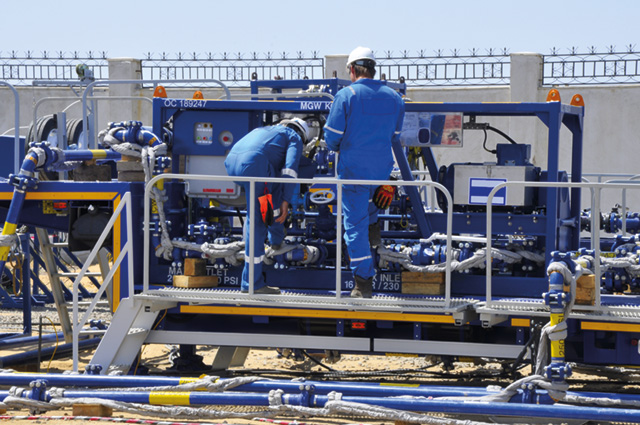Missing out planned shutdowns as a response to reduced revenue caused by the Covid-19 pandemic may be a false economy, argues Dr Christian Roberts, deputy president of the Institute of Asset Management and senior vice president of asset management and business advisory, WSP USA.

Organisations worldwide were not prepared for the Covid-19 pandemic or the impact on revenue streams and the economy. Social infrastructure (transportation, utilities, government, education and healthcare care facilities) has had to move rapidly to new ways of management and provision of essential functions to continue to provide critical services. The same is true for industry. Whether in manufacturing, fast-moving-consumer-goods, pharmaceuticals or elsewhere, all have had to continue production in different ways, and with increased health and safety related costs.
With revenue streams being hit, all organisations are looking for ways to reduce operating and capital expenditure. Skipping planned maintenance shutdowns or pausing capital rehabilitation projects and “sweating” assets is one area often targeted as a way of balancing the books.
Asset management professionals are therefore challenged with justifying expenditure on assets now, as a way of protecting service performance capabilities in the short, medium and long-term. Maintaining adherence to planned maintenance, and where appropriate bringing forward heavy maintenance and capital projects while assets are under-utilised, is consistent with whole life asset management thinking:
- Improving workforce safety: Maintenance conducted in planned outages is two to three times safer for the workforce than that conducted during operations. It is also easier to establish the tighter safety controls necessary during a pandemic to ensure safe working practices are adhered to by maintenance staff.
- Complying with legal and regulatory requirements: In many industries planned maintenance practices are packaged and include activities necessary to meet legal and regulatory requirements. Adhering to the maintenance plan ensures organisations are maintaining regulatory compliance.
- Extending and preserving asset life: Planned preventive maintenance is designed to make sure the asset achieves technical service levels in the short, medium and long term. Skipping maintenance puts at risk the useful life of the asset, not only through increased wear and deterioration, but also because the planned maintenance activity provides an opportunity for the maintenance technician to identify problems and plan treatment before any issues become more serious.
- Maintaining asset preparedness and resilience: Properly maintaining assets is essential for business continuity and maintaining asset resilience. In 2020 we have seen societal impact not just from the pandemic, but also from climate and weather-related incidents the world over. In the US, wildfires have been record-breaking. The 2020 Atlantic hurricane season is set to be the most active on record with a total of 22 tropical cyclones, eight hurricanes and two major hurricanes causing an estimated $14.7bn in damage.
- Maintaining efficient work practices: With maintenance plans scheduled around cyclical shutdowns, introducing a gap in maintenance results in changes to the plan, which is both inefficient and introduces risks.
Asset management professionals are focused on meeting the demands of tomorrow and having a full understanding of the ability of assets to meet service requirements. For assets that are under-utilised, extended outages provide a good opportunity to improve organisation resilience for the future. For example, they provide the opportunity to comprehensively inspect, assess and verify the condition of assets.
With skill shortages on the rise in all industry sectors, extended shutdowns and asset tear-downs also provide an opportunity to develop workforce experience and understanding of assets, as well as providing a deeper insight into the wear and deterioration of the asset.
While 2020 continues to present unprecedented challenges, asset management professionals should not forego the opportunity to use this time to prepare our organisations more effectively for the future. An asset management approach will strengthen the organisation’s resilience, will ensure we are fit for the future and our assets are ready for the next event – and equally might save us a buck-or-two.
Dr Christian Roberts, FIAM
Senior vice president asset management and business advisory, WSP USA. | Tel: +1-703-742-5908
Email: christian.roberts@wsp.com / christian.roberts@usa.theiam.org

